Animal Reproductive Biotechnology Center
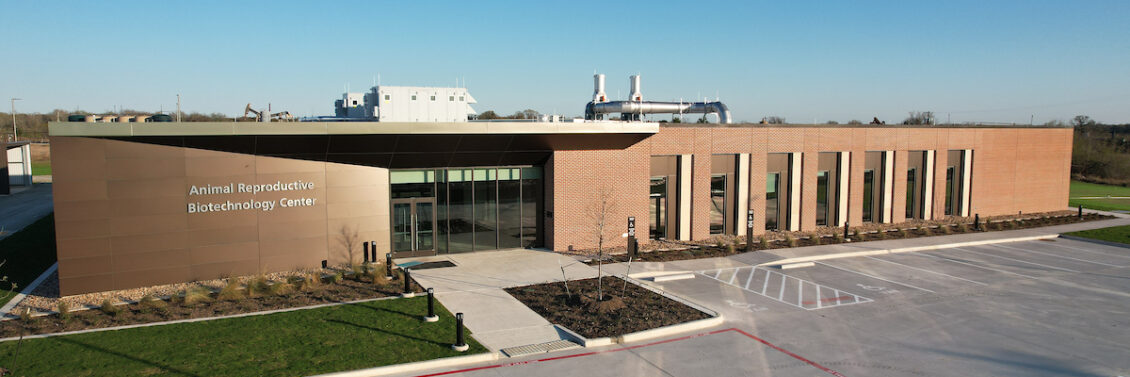
A world-class facility supporting thriving ruminant production
The Animal Reproductive Biotechnology Center at Texas A&M-RELLIS campus is an advanced facility for research, teaching, and extension. The center is operated by Texas A&M AgriLife Research and the Texas A&M College of Agriculture and Life Sciences Department of Animal Science.
Mission
The center’s mission is to increase understandings of ruminant reproduction at molecular, cellular and whole-animal levels while continuing work to address known reproductive issues. It is a flashpoint for collaborative research, teaching and outreach based on leading-edge animal pregnancy and development science.
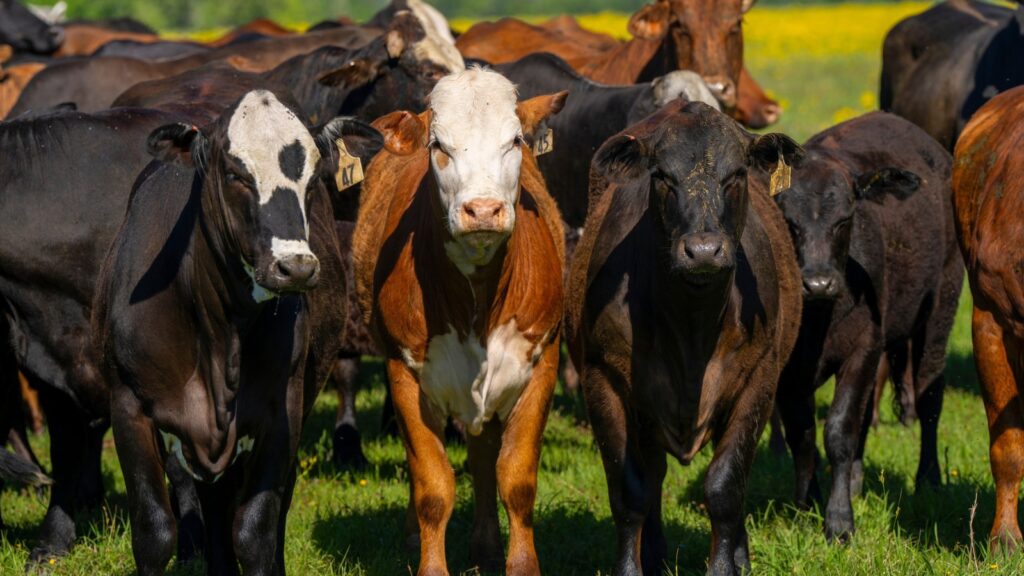
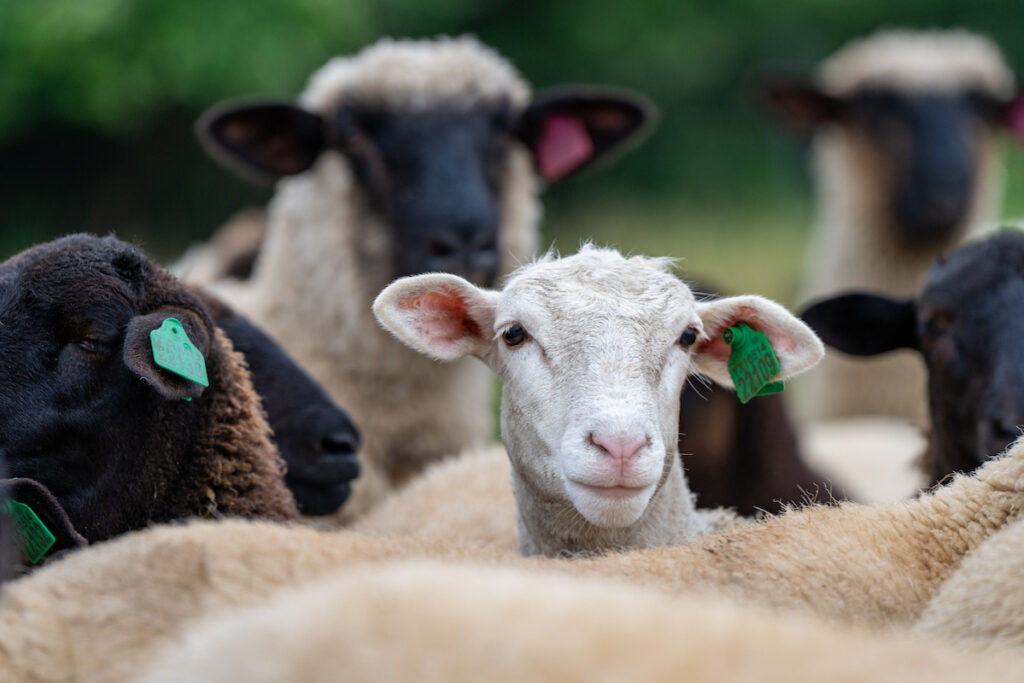
Vision
The center operates toward a vision of sustainable livestock systems, increased translational research, and trustworthy science that boosts animal reproduction for a thriving sector.
Facility features
Modern infrastructure to advance research, teaching and extension
Roughly 27,000 square feet of indoor and outdoor-covered space at the center houses the latest technologies and learning spaces to lead the science around animal reproductive biotechnology.
- Lab, education, office spaces.
- Small and large animal holding and handling areas separated by size and ruminant type.
- Chutes for specimen collection.
- Stanchion space for hands-on instruction.
- Preparation and recovery spaces for small ruminants.
- Load-out areas, holding pens, alleyway circulation.
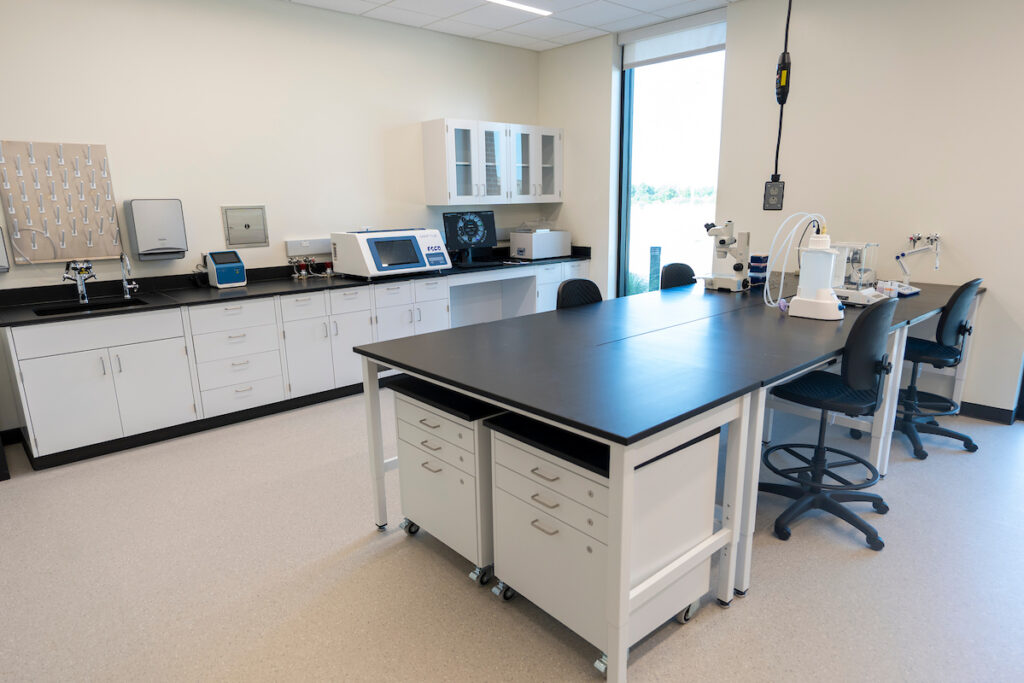
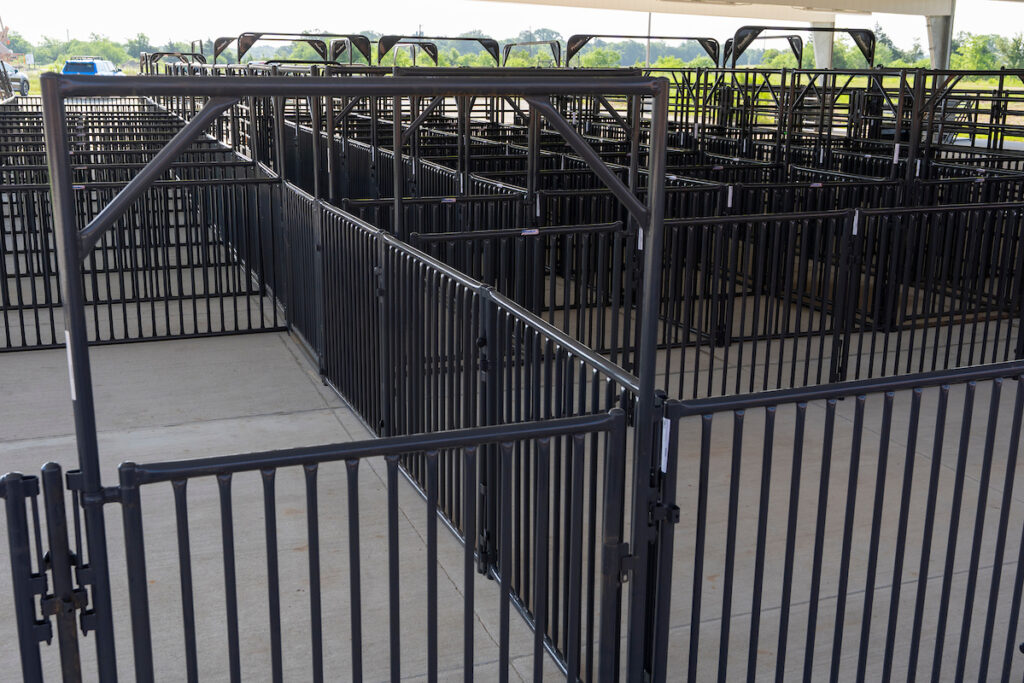
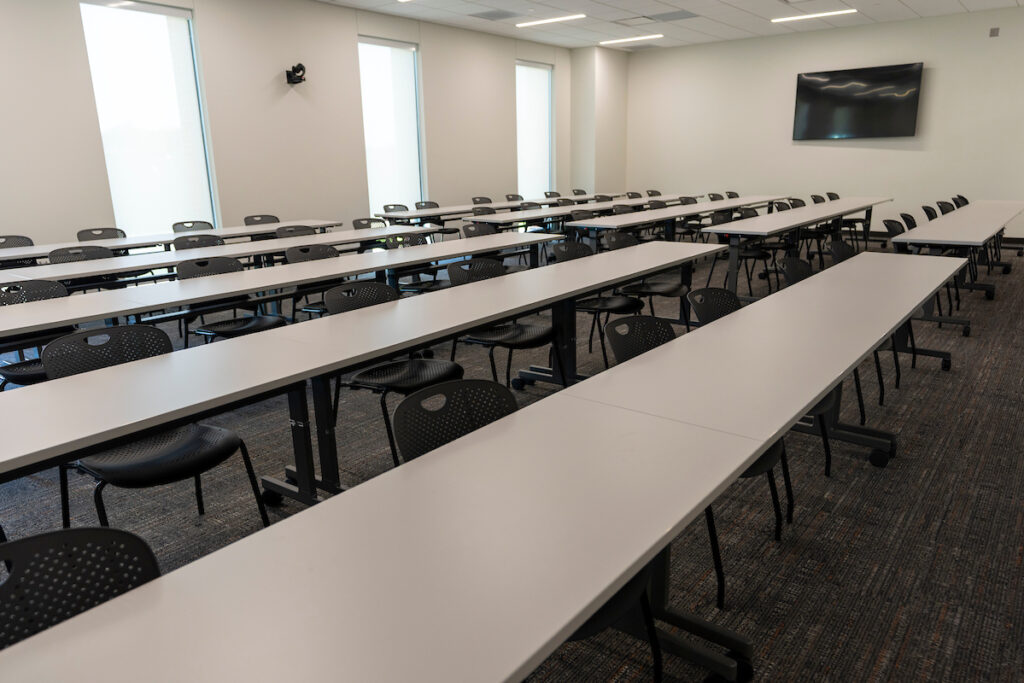
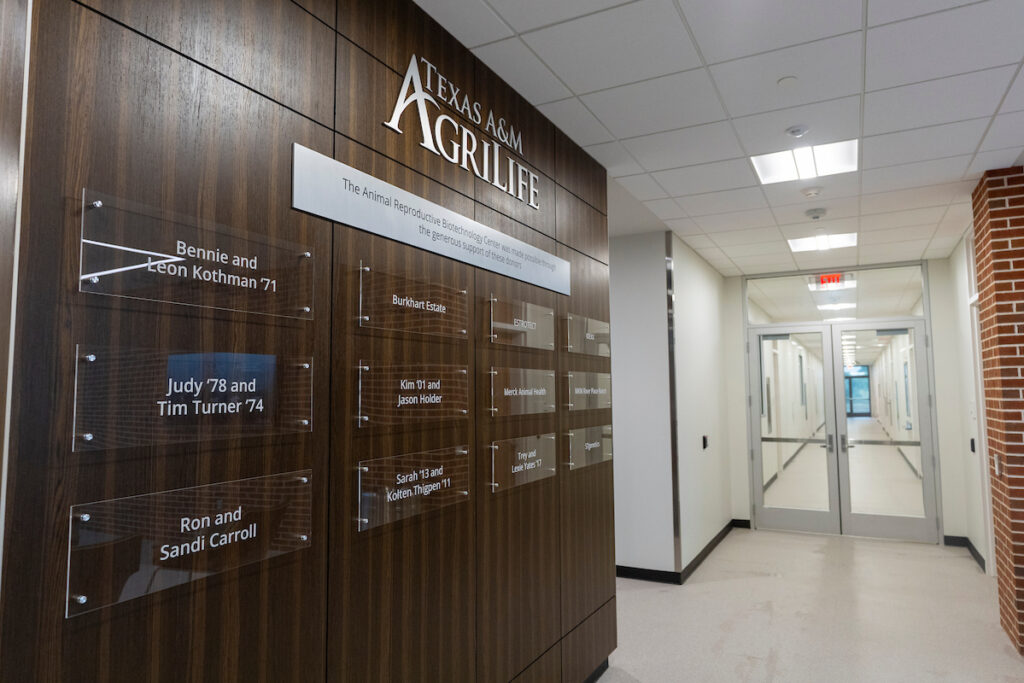
Background
The state-of-the-art Animal Reproductive Biotechnology Center at Texas A&M-RELLIS opened in May 2025. The center opened the same year that the U.S. cattle inventory dipped to its lowest level in 74 years. At the same time, Texas is the largest producer of sheep and goats in the U.S. Completion of the facility was a step toward long-term livestock productivity and health, setting The Texas A&M University System in a class of its own in animal reproduction.
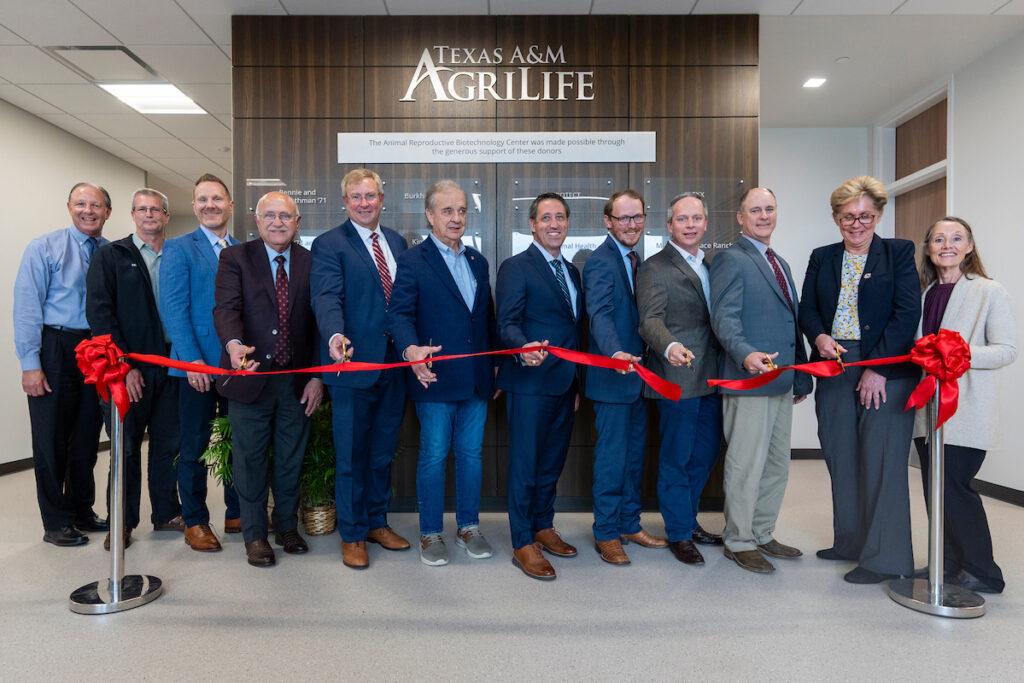
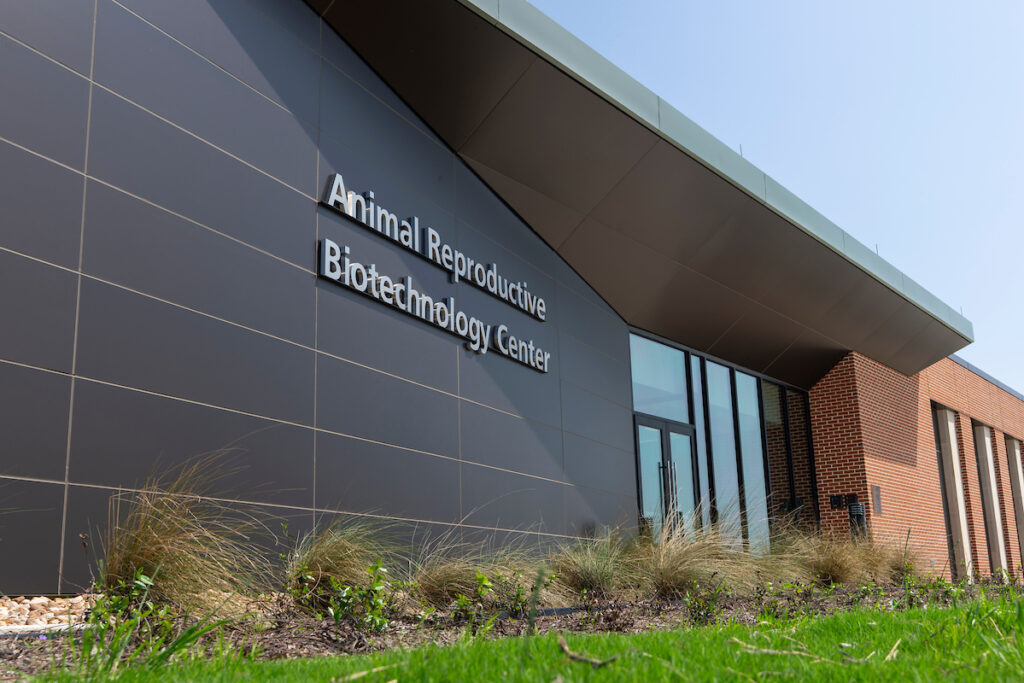
Contact the center
Texas A&M Animal Reproductive Biotechnology Center
1895 Avenue D
Bryan, TX 77807
Ky Pohler
Associate Professor, Physiology of Reproduction
Texas A&M Department of Animal Science
[email protected]
979-458-4476


“This facility is integral to translational research for sustainable livestock systems. It is critically important that we generate science our partners can trust and apply to nourishing healthy lives, livelihoods, and economies.”